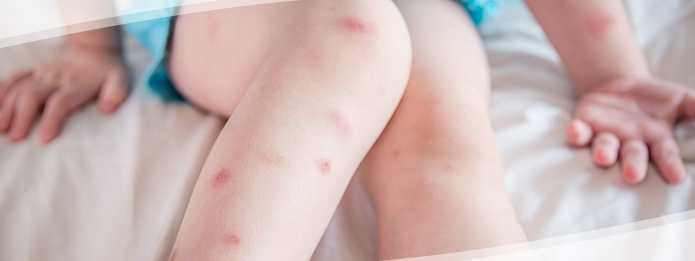 The realization that your home is infested by bed bugs can be a shocking discovery. In the early stages of infestation, their presence is not obvious, and only gradually do the little insects make themselves known through signs such as brown spots on sheets or tiny exoskeletons on the floor. Sometimes, however, the first clues are mysterious bites on the arms and legs of family members that no one can remember receiving.
The realization that your home is infested by bed bugs can be a shocking discovery. In the early stages of infestation, their presence is not obvious, and only gradually do the little insects make themselves known through signs such as brown spots on sheets or tiny exoskeletons on the floor. Sometimes, however, the first clues are mysterious bites on the arms and legs of family members that no one can remember receiving.
 The realization that your home is infested by bed bugs can be a shocking discovery. In the early stages of infestation, their presence is not obvious, and only gradually do the little insects make themselves known through signs such as brown spots on sheets or tiny exoskeletons on the floor. Sometimes, however, the first clues are mysterious bites on the arms and legs of family members that no one can remember receiving.
The realization that your home is infested by bed bugs can be a shocking discovery. In the early stages of infestation, their presence is not obvious, and only gradually do the little insects make themselves known through signs such as brown spots on sheets or tiny exoskeletons on the floor. Sometimes, however, the first clues are mysterious bites on the arms and legs of family members that no one can remember receiving.

